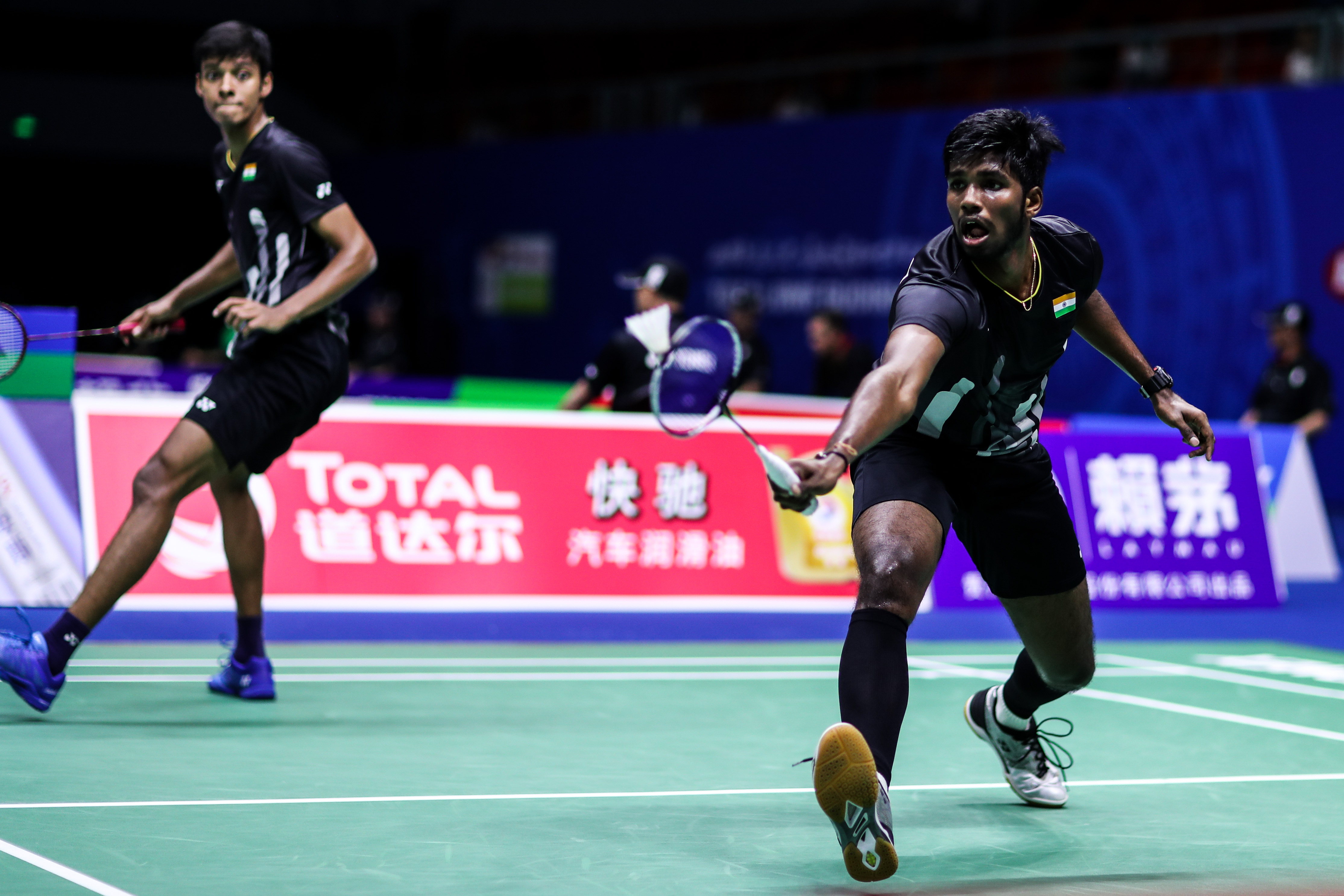The Indian Badminton Story
Over the last few days, an absolute prerequisite for a good story has taken over everyone’s veins. And while Tyrion Lannister’s last ever great speech might have something to do with it, it was Lisa Cron, who had previously pointed out its absolute significance in evolution over opposable thumbs.

“Story was crucial to our evolution, more so than opposable thumbs. Opposable thumbs let us hang on, story told us what to hang on to,” the writer had said. And the more one thinks about it, the more one would feel the flagrant disregard we have shown towards it.
Painting a good story doesn’t necessarily mean a glorious victory at the end of dark path or living amongst the legends over a good part of life for that matter; it more necessarily hints at setting the right example that would induce generations thereafter to cling on to it and then perhaps pass on to their kin. After all, although the glitz and achievements could inspire an individual to set on a journey, it is only the grit that guides one through the purgatory.
The topic in context is Indian badminton. One can start the modern story from anywhere - put your finger either on Saina Nehwal’s bronze medal win at the London Olympics, or PV Sindhu bringing the nation together with her silver medal feat in Rio. The question remains, while India’s government and youth have both turned their heads following those significant events, have the guardians of the sport been writing a good story.
India’s recently-concluded Sudirman Cup campaign would be a perfect example to analyze it for beginners. Without a doubt, India’s biggest chance of the tournament rested largely in Sameer Verma’s hands in the second group match, when he was up against Malaysia’s Lee Zii Jia. India needed to win just three matches to progress after Malaysia had already lost to China on the previous day.
After Ashwini Ponnappa and Swastiksairaj Rankireddy giving a solid start to the contingent by winning their mixed doubles match, an in-form Sindhu was facing Goh Jin Wei and Verma had the perfect opportunity to take his side over the line. But, he lost 13-21, 15-21 in straight games to an opponent ranked seven spots below him and despite Sindhu getting her task done in the next match, India lost the upcoming men’s and women’s doubles clashes to go down 2-3 in the tie.
While the victory against China was near impossible for this Indian side, fate did give them a fighting chance over the five-match tie. Despite facing the World No.7 men’s doubles pairing, the Indian men’s duo of Rankireddy and Chirag Shetty won the first game to everyone’s surprise. The women’s pairing of Ponnappa and N Sikki Reddy, too, was in a glorious place to level the match after they were leading 11-5 against World No.2 Chen Qingchen and Jia Yifan.
India lost on both the occasions but more than the defeat it was the inevitability of the outcome that is worrying. The fans knew that the happenings were too good to be true and China would come back, no matter how much they trailed; and it happened. When India appointed Flandy Limpele and Park Tae Sang in their coaching staff, one of their major concerns was to instil confidence in the players that they could keep going on the biggest of stages. Alas! It was nowhere to be found.
The officials could well bring out India’s sporadic achievements over the last three years to prove that they have competed at the highest level. And to some extent it is true - Kidambi Srikanth did win four Superseries Titles in 2017, PV Sindhu won the Korea Open that year and clinched the BWF World Tour Finals title out of the blue in 2018 end, or most recently Saina Nehwal’s lucky victory in the Indonesia Masters where Carolina Marin had to retire midgame. But, if this has been India’s best clutch of players in decades, they couldn’t rest on their occasional laurels.
If Sindhu is honest, she would tell you that since her 2016 Olympic Games silver medal, the feat that got her more followers than ever was the 2017 BWF World Championships where the Indian went at Japan’s Nozomi Okuhara relentlessly for 105 minutes and although she ended up as the second best, the heart-swelled Indian fans couldn’t care less about the result. That clash would be narrated for generations to come.
Sindhu had reached three more semi-finals and five finals of major tournaments over the next one year or so and she would win only once. It is as if the celebrity culture seemed to engulf her so much that settling for second best spot had become a normalcy. India’s Commonwealth Games success was no doubt a great one but even the contingent would agree that they were hardly challenged by the opponents. And as far as the Asian Games was concerned, the loop kept circling with another final resulting in a hopeless inevitable defeat for Sindhu while others perished.
As far as Srikanth is concerned, his hay days are way behind him it seems, with the former World No.1 having little to no success at major tournaments with every lower ranked player today fancying a win against the once-feared power shuttler. Of course, the return of Kento Momota and the rise of the likes of Shi Yuqi and Anthony Ginting have further buried the Indian deep in the heap of upcoming talents.
Saina Nehwal isn’t shining either but age is catching up and her recent surgeries have only slowed her down. But, the once blue-eyed girl of Indian badminton still shows sparks here and there and although she is staring at retirement in the next few years, there’s a belief that the 29-year-old could swing some major upset in the Tokyo Olympics.
Unfortunately, India’s strength, even if taken the likes of B Sai Praneeth and HS Prannoy, ends in their singles. Despite the promises that Sikki Reddy and Rankireddy have shown from time to time, the doubles category has been just dismal for India to put it mildly. Nations like Indonesia, Japan, Chinese Taipei, and many others, on the other hand, refusing to halt at a benchmark.
Resting on laurels from time to time isn’t necessarily a bad thing only it doesn’t breed complacency. And 2019 has been a perfect example of how calamitous it can be. Apart from Nehwal’s Indonesia Masters, India’s top shuttlers have won zilch and the Sudirman Cup failure only adds to their concerns. I ain’t concerned with the ending of this story, for in the end the writer always finds a way to connect dots. It is the lack of riveting details in the middle that takes away all the interest.

Comments
Sign up or log in to your account to leave comments and reactions
0 Comments